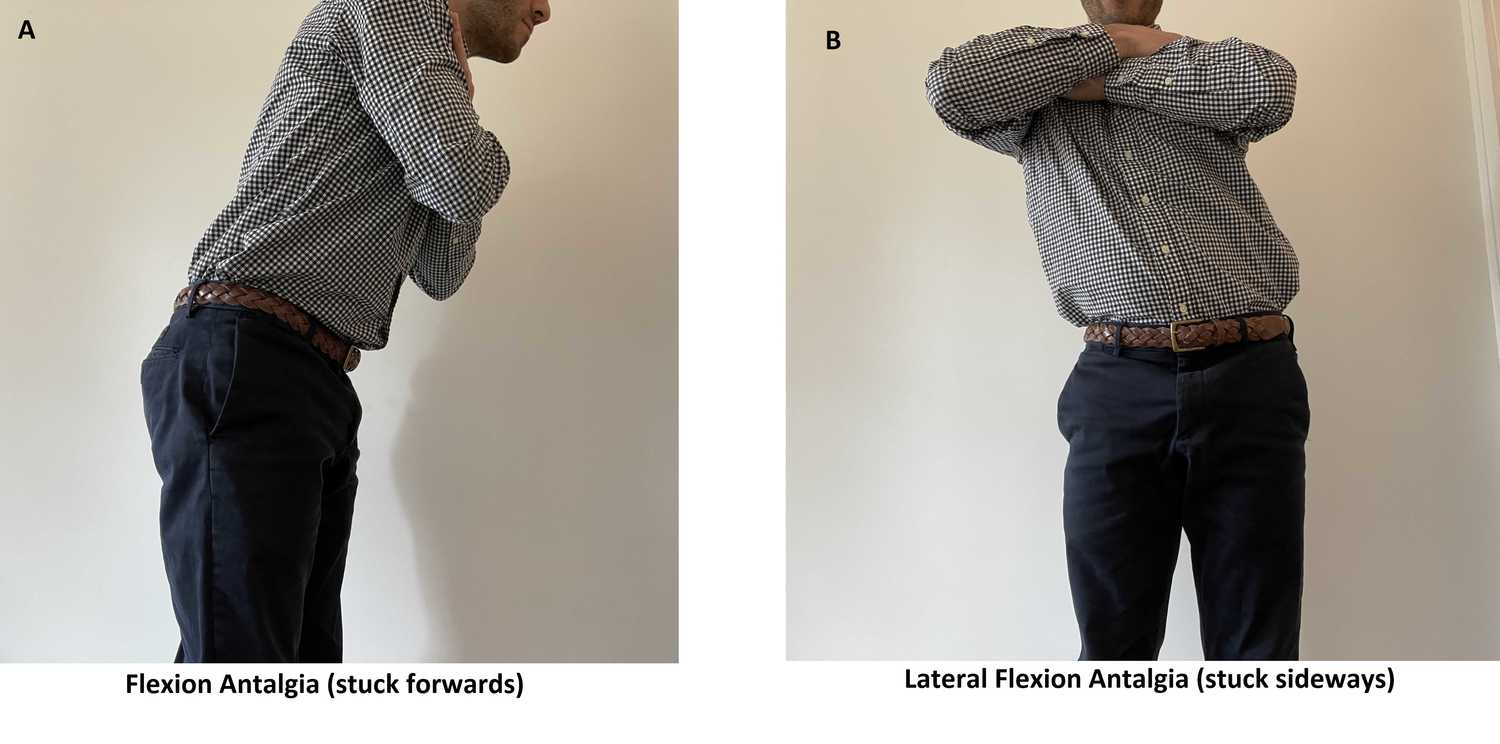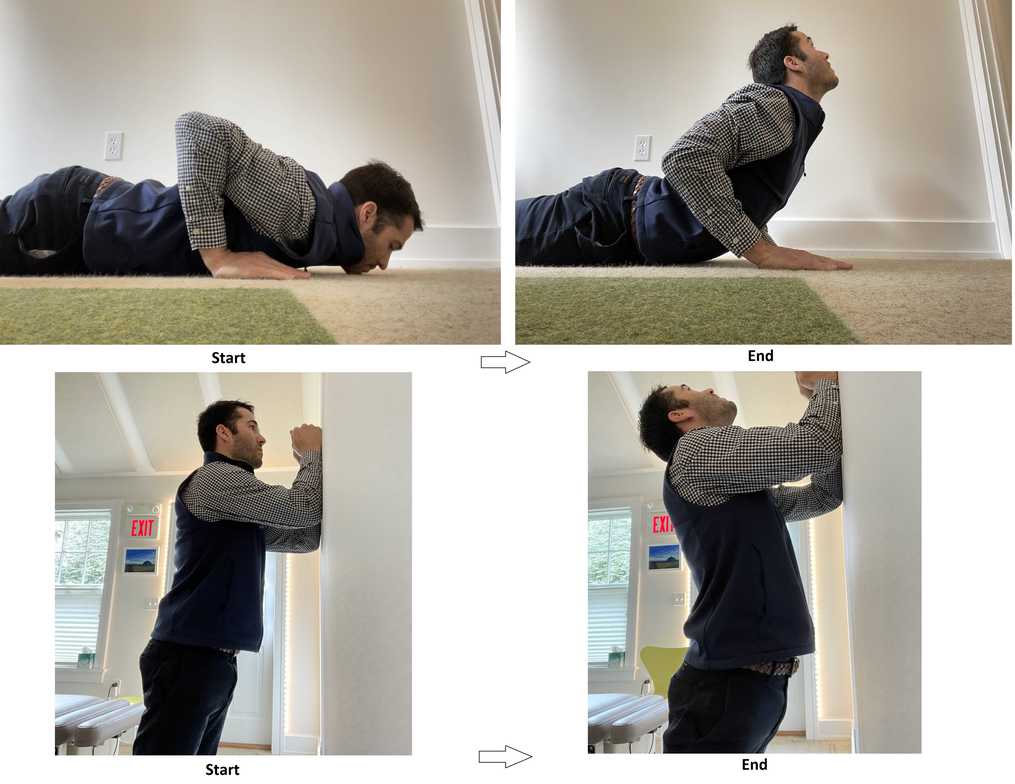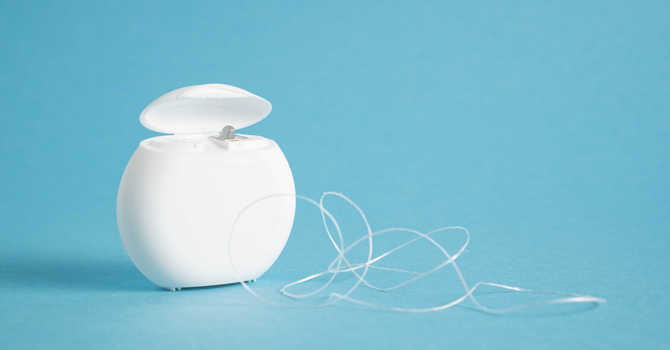
More than 80% of people will experience back pain during their lifetime, with 25% of people reporting back pain within the last 3 months. Many of these folks experience a peculiar situation where they look at themselves in the mirror and [gasp!] they're crooked! What is this crookedness that accompanies low back pain, and how can you fix it? Read on to learn about the secret world of "antalgia".
Antalgia describes a postural distortion where the body adopts a position that diverges from what we call normal. Standing straight, looking at yourself in the mirror you may notice that your shoulders are shifted left while your pelvis and hips are shifted right. And it hurts! You could also be shifted forwards, with your upper body leaning over your toes, unable to straighten up or bend backwards without pain. Call me crazy but this is a gift! Your body is giving you a trail of breadcrumbs. In this special case, your body is setting you up for success by doing something profoundly wise.

In picture A, you are stuck forward. Bending backward will hurt. In picture B, you are stuck sideways and bending to the opposite side will hurt.
The reason you appear crooked is because there is a disc in your spine that is cranky. When discs become compromised by poor posture or an injury, they may start to bulge or shift within the spinal column. They take up space where they are not supposed to. In the spine, when we say space we mean millimeters - like less than 3 millimeters of space around those precious nerves - a very small margin for any funny business. If a disc is irritated enough and pushes beyond its typical boundaries, it becomes very inflamed. The body literally runs away from it, escaping the cranky disc by contorting itself. This strategy is very effective at reducing pressure, thereby alleviating pain...but at the cost of you being unable to straighten your body (or walk out in public without being stared at).
So, what do you do? From a recovery standpoint, you can't stay where you are forever. You can't walk sideways like a crab anymore! You need to assess yourself to determine if you can safely correct your posture. This often requires moving into the direction that hurts. In the biz we call this "directional preference" and "end range loading" and it is extremely effective at restoring you to pre-injury status much of the time.
The Concept
For simplicity's sake, you want to try and straighten your body. You want to move opposite the direction of crookedness. Picture A depicts someone bent forward, who could benefit from bending backward. Picture B depicts someone bent right, who could benefit from bending left. The red arrows show you where to move to straighten the body. NOTE: This is commonly painful! However, after 10 slow and controlled movements, your pain should decrease!

There are rules, however:
- Never force it. If it feels sketchy, STOP
- Never move to accentuate the crookedness
- If you do have radiating pain into a limb, and this exercise makes it worse, STOP
- If you have muscle weakness, such as difficulty lifting up your foot, contact your doctor.
- If you ever, and I mean ever have any change in bowel or bladder function following a back injury contact the emergency room. This is rare but requires immediate medical attention.
Patients may safely perform these exercises if:
- Range of motion improves with each repetition
- Limb pain decreases or ascends over time
- Posture slowly returns to upright/straight position
EXERCISES
Below you will find two types of exercises:
- Low Back Extension
- Lateral Flexion
1. Low Back Extension: may help if you are stuck forward
Method A: Lay on your belly with your hands beside your chest. Perform a Cobra Pose (everything from the waist down is motionless) as you use your arm strength to press your upper body away from the floor, looking up towards the ceiling. Hold for one-onethouhsand-two-onethousand, then release. Repeat 10 times.

Method B: Stand in front of a wall leaning against it on your forearms. Slowly let your pelvis move forward towards the wall as you gently look up at the sky. Hold for one-onethouhsand-two-onethousand, then release. Repeat 10 times.
2. Lateral Flexion: may help if you are stuck to the side
Method A: Stand and slowly slide your hand down the outside of your thigh towards your knee. Which hand you ask? Well, if you are bent to the right like the picture below, you're sliding your left hand down your left thigh towards your left knee. Move slightly into the pain (knock on the door of pain but don't kick it in), hold for one-onethouhsand-two-onethousand, then release. Repeat 10 times.

Method B: Stand and face the wall with whatever side of your body is bent. Which side is that you ask? The side that makes a smaller angle, aka the concave side. Place your forearm against the wall and with your opposite hand press your pelvis towards the wall letting it relax. Hold for one-onethousand-two-onethousand, then release. Repeat 10 times.
Note: if Lateral Flexion does not help you, feel free to try Low Back Extension. In other words, if you're sideways crooked, bending backwards may work better than bending sideways.
If I am with a patient, they may perform 60 repetitions before I let them leave. That means you should feel free to perform 6-8 sets of 10-15 repetitions throughout the day if you discover this helps you. To learn more about these specialized exercises, YouTube "McKenzie Exercises". To find a provider who knows how to help, Google "MDT" or "Mechanical Diagnosis and Therapy". As a Primary Spine Practitioner, my goal is to apply the most effective back treatments in the most simple way possible for my patients!
And remember, exercises depicted here are only a beginning - please seek consultation with your medical & health care providers for proper evaluation, diagnosis and treatment!
Keep Searching,
Dr. Nick



